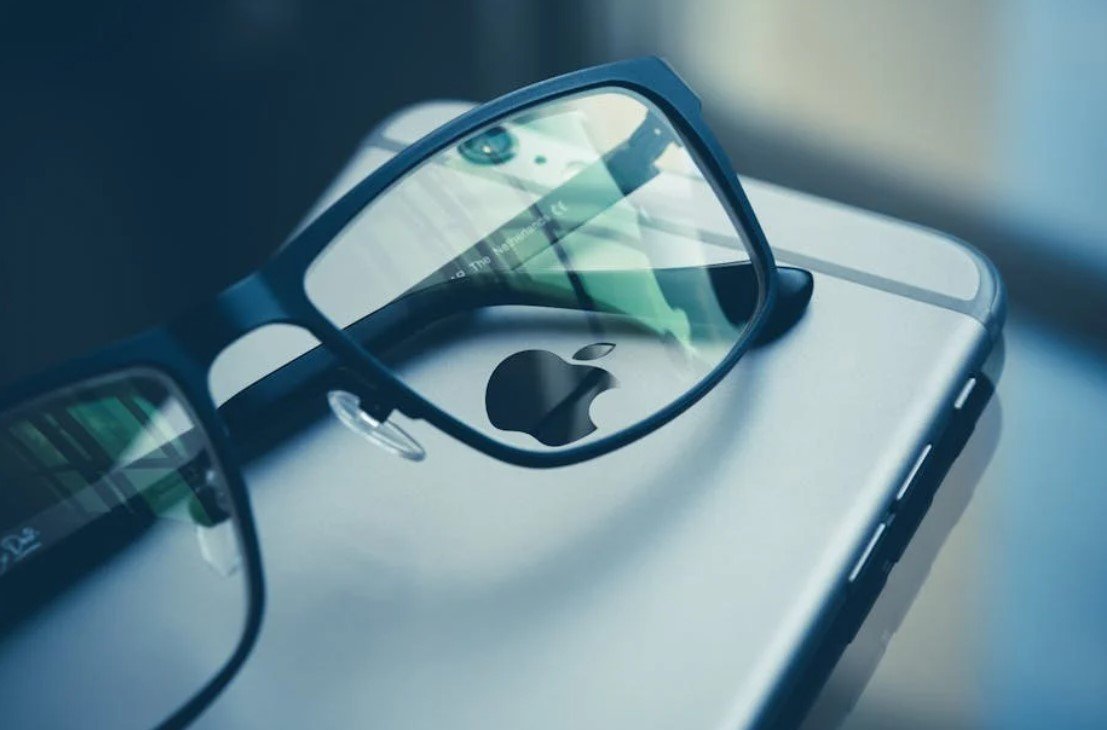In an era where touchscreens have become the norm, Apple is set to revolutionize the way we interact with our devices. The tech giant has announced a groundbreaking feature that will allow users to operate their iPhones and iPads using nothing but their eyes. This development is not just a leap forward in convenience; it’s a significant stride in accessibility, opening up new possibilities for individuals with physical disabilities.
A New Vision for Accessibility
Apple’s commitment to inclusivity has taken a significant step forward with the introduction of Eye Tracking technology. This feature empowers users to navigate their devices with simple eye movements. The front-facing camera and on-device machine learning work in tandem to provide a seamless experience, ensuring that privacy is maintained as all data remains on the device.

Eye Tracking is designed to be intuitive, requiring only a brief calibration before users can scroll through apps, select items, and even perform gestures traditionally done by touch. This innovation is not just about control; it’s about granting independence to those who may have found traditional methods challenging.
The Sound of Innovation
Alongside Eye Tracking, Apple is introducing Music Haptics, a feature that translates the audio of music into tactile sensations. This allows users who are deaf or hard of hearing to experience music through the Taptic Engine in the iPhone, feeling the rhythm and nuances of songs in a completely new way.
Music Haptics is set to work with millions of songs in the Apple Music catalog and will be available to developers as an API, encouraging the creation of more accessible music experiences across various applications.
Navigating the Future
Apple’s latest features are more than just technological advancements; they are a testament to the company’s dedication to making technology accessible to all. With these innovations, Apple is not only changing the way we interact with our devices but also how we perceive the potential of technology to improve lives.
The introduction of Eye Tracking and Music Haptics is a clear indication that Apple continues to prioritize accessibility, ensuring that their products serve a diverse range of needs and preferences. As we look to the future, it’s evident that Apple’s vision extends far beyond the screens of our devices—it encompasses a world where technology is truly for everyone.


































